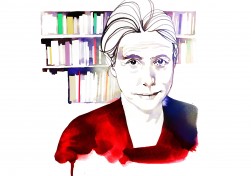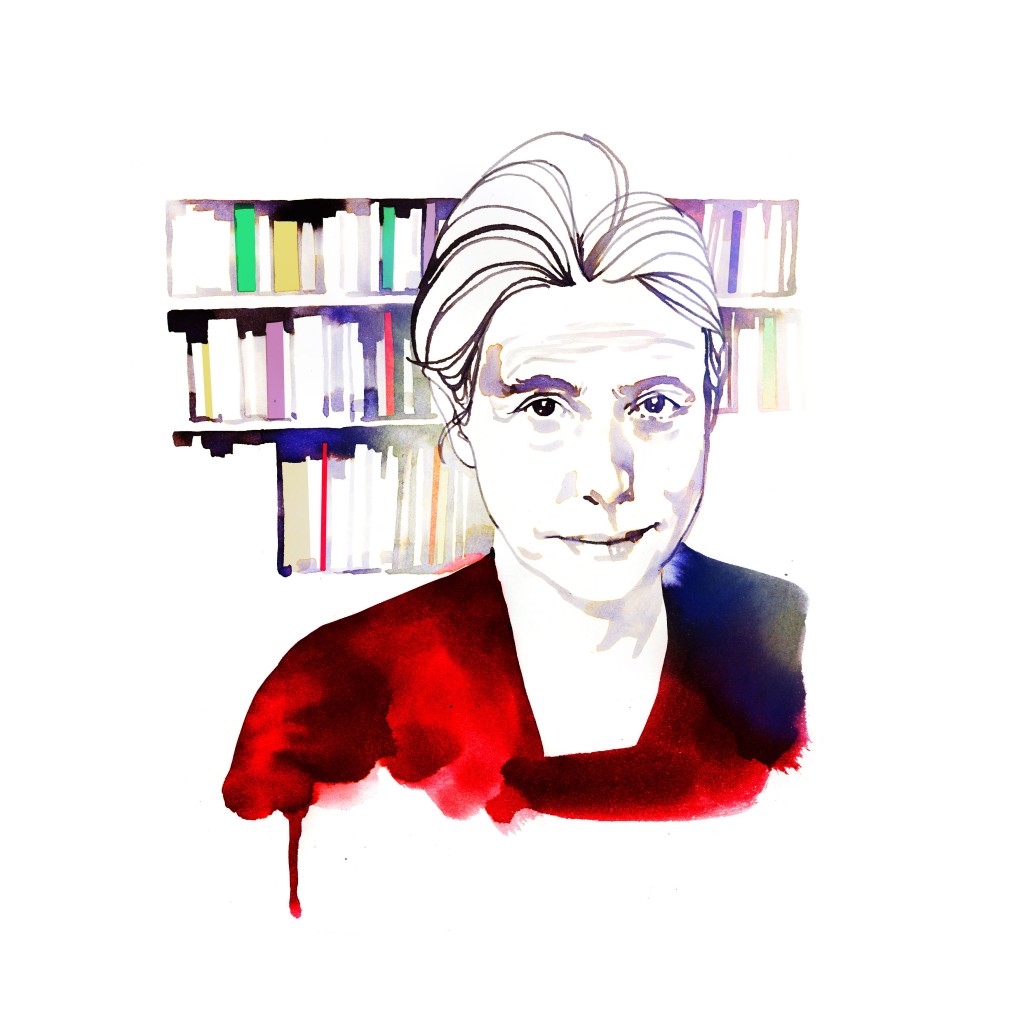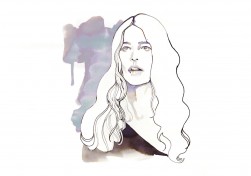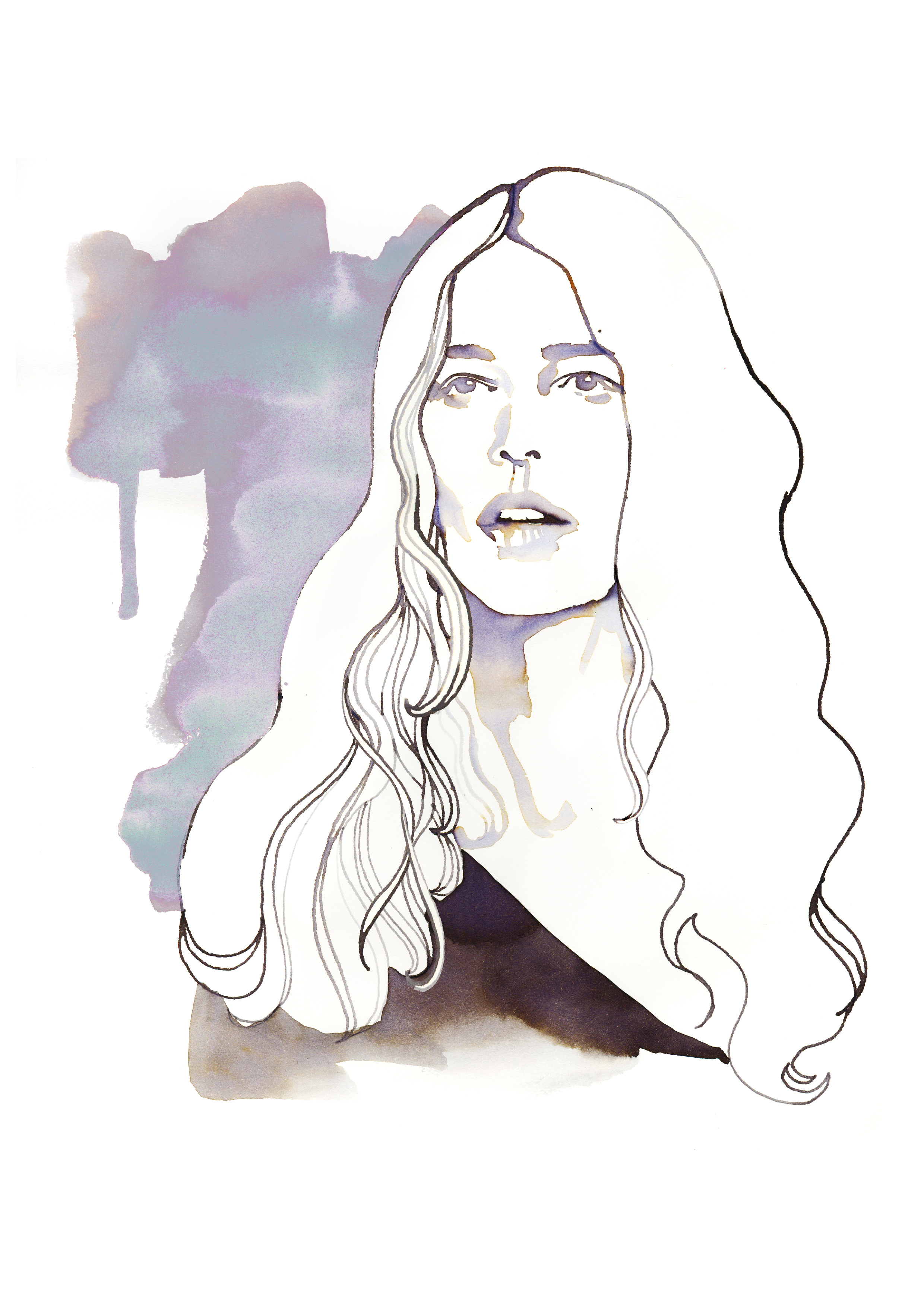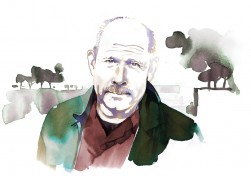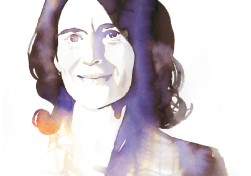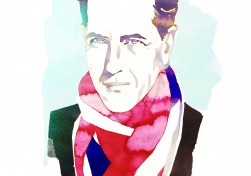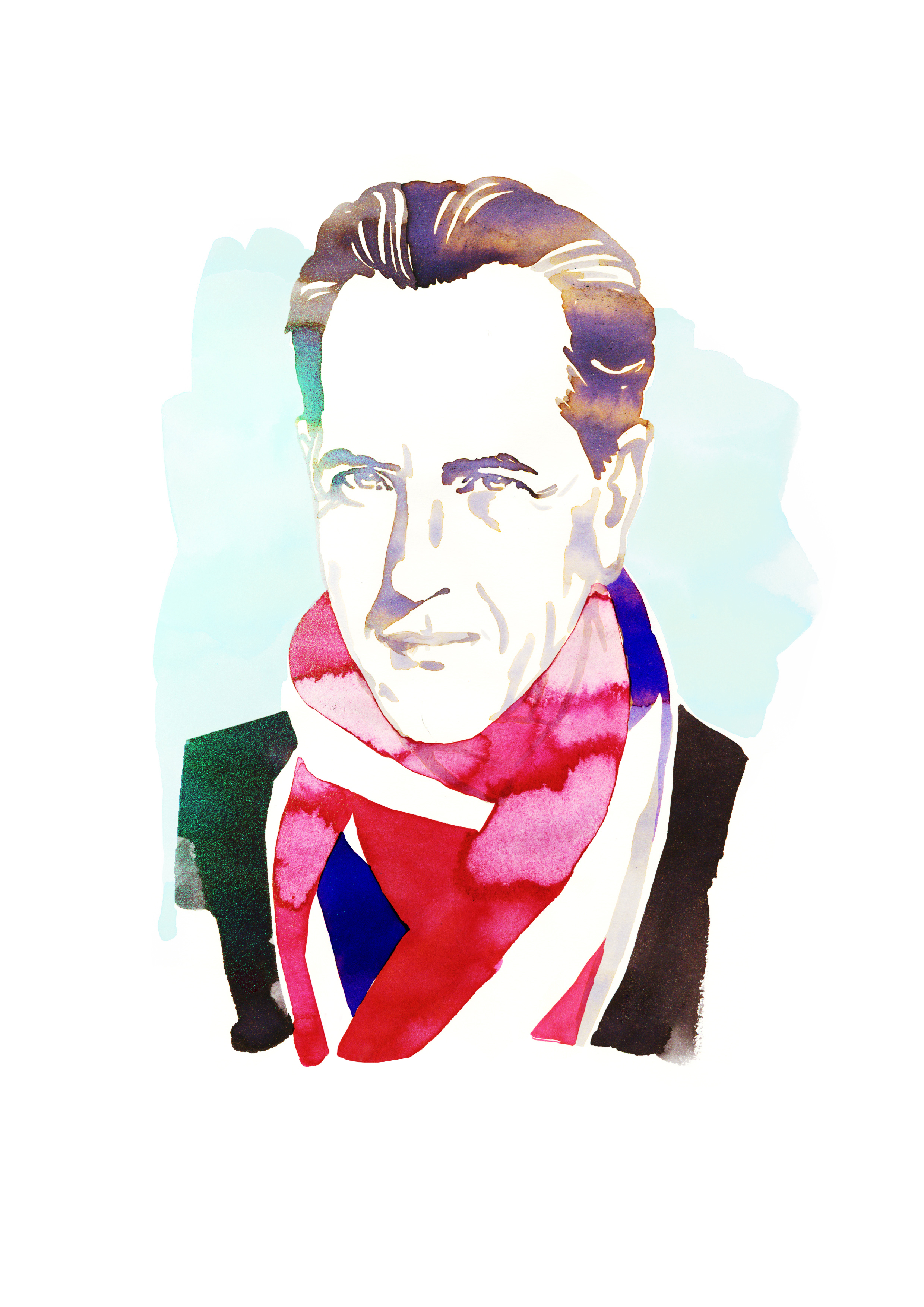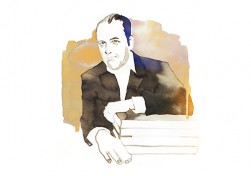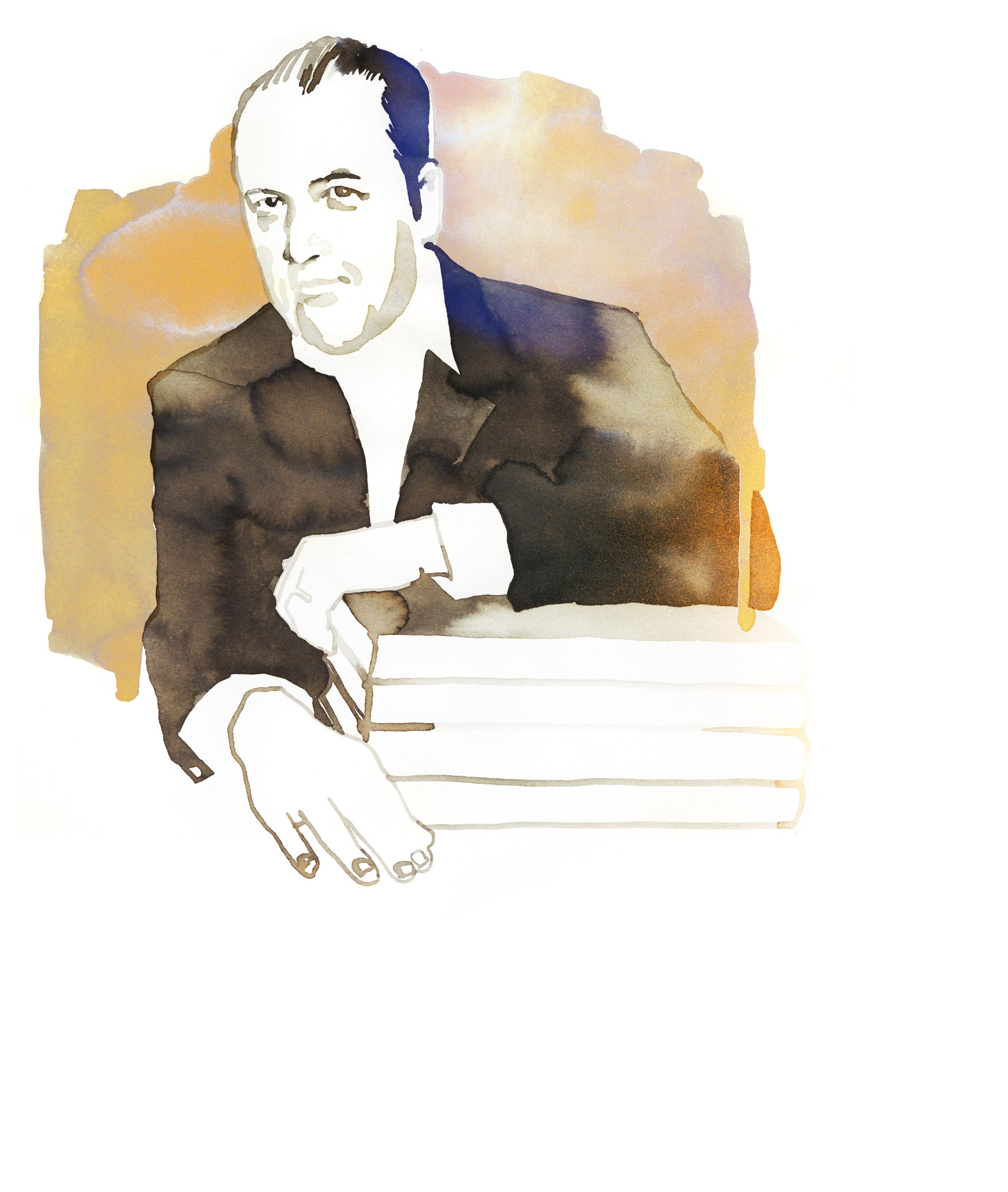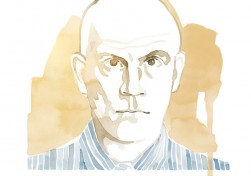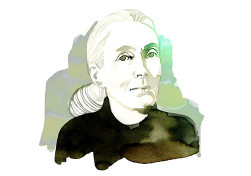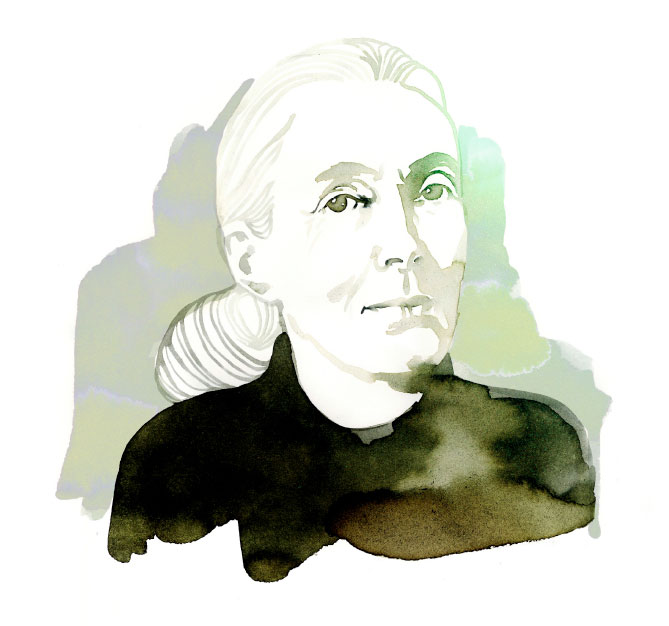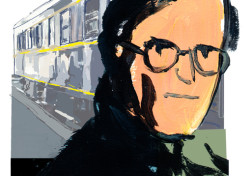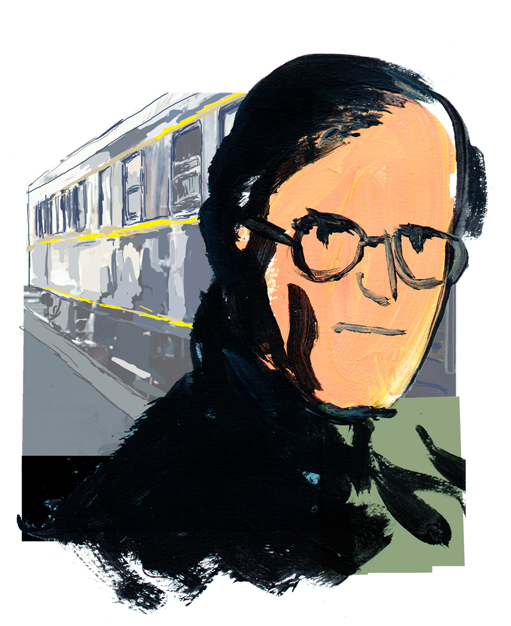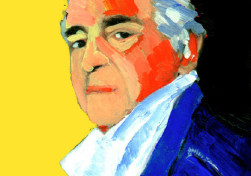1. The American South, 1977
When I was 19 I did my first big bike trip, from New York to the South and back, with my younger brother. We’d grown up in Raleigh and Atlanta and had just moved to New York, so this was a return to our roots. Every now and then the stars aligned and the weather was decent and the scenery was beautiful, but there was a lot of suffering. I no longer have any appetite for doing 100 miles a day on a bike, in terrible heat, in driving rain or against a debilitating headwind. Or camping on the roadside – that was uniquely miserable. The end of the day is wonderful though – and whenever we got to a hotel or our destination, civilization felt sumptuous.
2. Western Europe, 1985
I was a young woman by the time I cycled around Europe, and part of the appeal was sometimes teaming up with other cyclists, of the male persuasion. That was fun. But the trip was demanding: Britain, Ireland, Belgium, Germany, France and Spain. The best part was through France and Spain, with a guy from New Hampshire. We were in the zone – in good shape, used to clocking up the miles, then sharing a liter of wine. I’d arranged to speak to my agent with a pay phone and lots of coins. She told me I’d sold my first novel. I ended up in tears that night and I still don’t know if it was because I’d sold my first book or because she’d said I had to come home.
3. Israel, 1986
I took my bicycle along – I wouldn’t go anywhere without my bike in those days, and it never occurred to me that you could just get one on the other side. But I stayed in an old kibbutz, working in the factory making boots – an invaluable experience, knowing just how killing factory work is. I’m not cut out for communal living, I realized.
4. Belfast, 1987
I went to Belfast to write a novel, intending to go for a few months, but I ended up staying for 12 years. So what started out as a journey became a whole big part of my life. It was a very creative time – and also the first time I really fell in love. So I recall those years fondly, and I still have a profound affection for the city and the people who live there.
5. Kenya, 1991
I still had this fantasy about going around the world and writing books about wherever I was based – before I realized I was too much of a home body. I had a great time in Nairobi, living in a house with three foreign correspondents. I’d get jealous though. They’d get to go off to Somalia and get shot at while I had to stay home and write. I’m not cut out for that life, but I do admire it from afar. As long as they keep up their appetite and their nerve, foreign correspondents can have really fascinating lives.
6. Jerusalem, 2003
A friend had moved to Jerusalem and I thought would be interesting to visit. But I’d also been through a very confusing romantic situation, and I think had to go through a period of private mourning, getting over someone whose feelings I had hurt and who didn’t deserve it. I spent a lot of the trip in tears – and the novella I was writing was the only piece of fiction I started and never finished. So the trip ended up being about emotions, not work. Nothing wrong with that.
7. China, 2013
Most of my journeys now are to literary festivals. There’s no real risk, except maybe that you’ll be bored. I went to one in Beijing, with events in Shanghai and Chengdu, and came away with a feeling for China that was more personal than I’d expected. A lasting image is looking out of the plane at infinite apartment developments, each clump about 60 blocks, each building about 70 stories high. This is what a large population looks like. It’s miraculous that China sustains all these people and explains why the Chinese are obsessed with order and harmony. It was a short visit, but it changed my conception of the country – in exactly the way travel is supposed to.
Lionel Shriver’s short story, How They Turned Out, is published in A Short Affair, an anthology of original short fiction from Pin Drop Studio, out now
